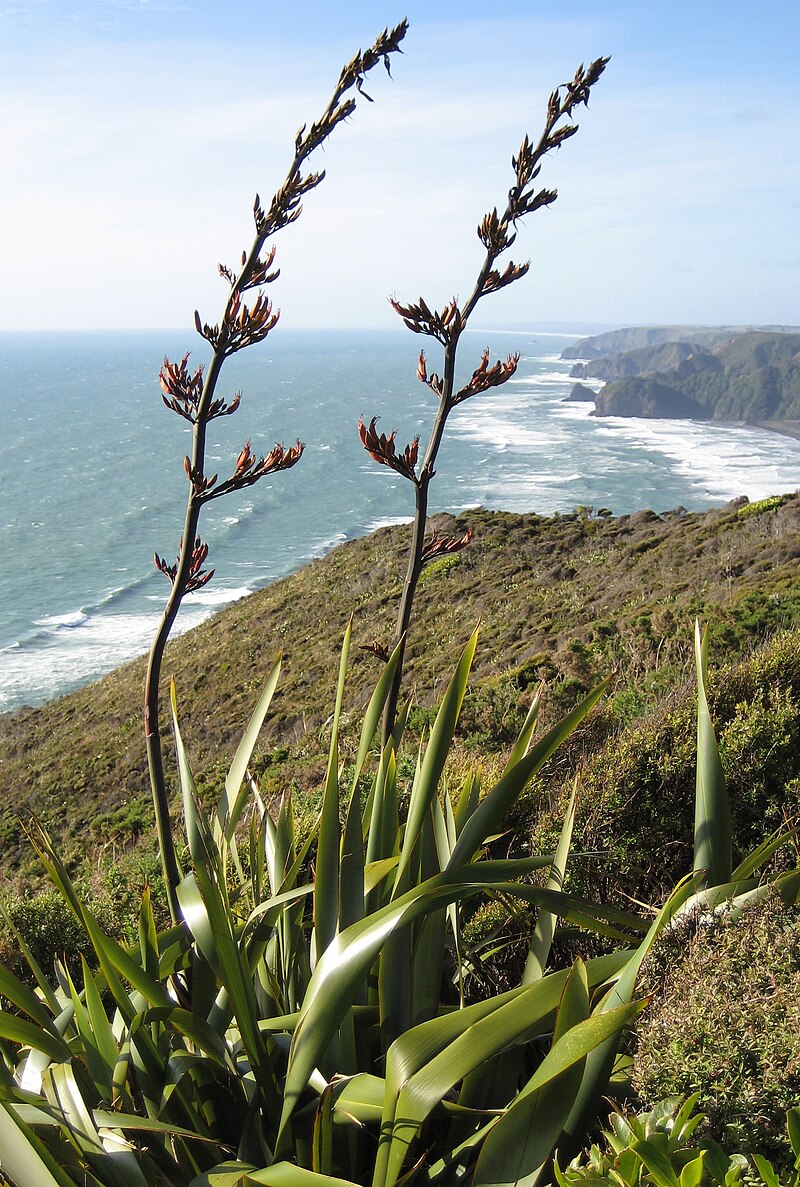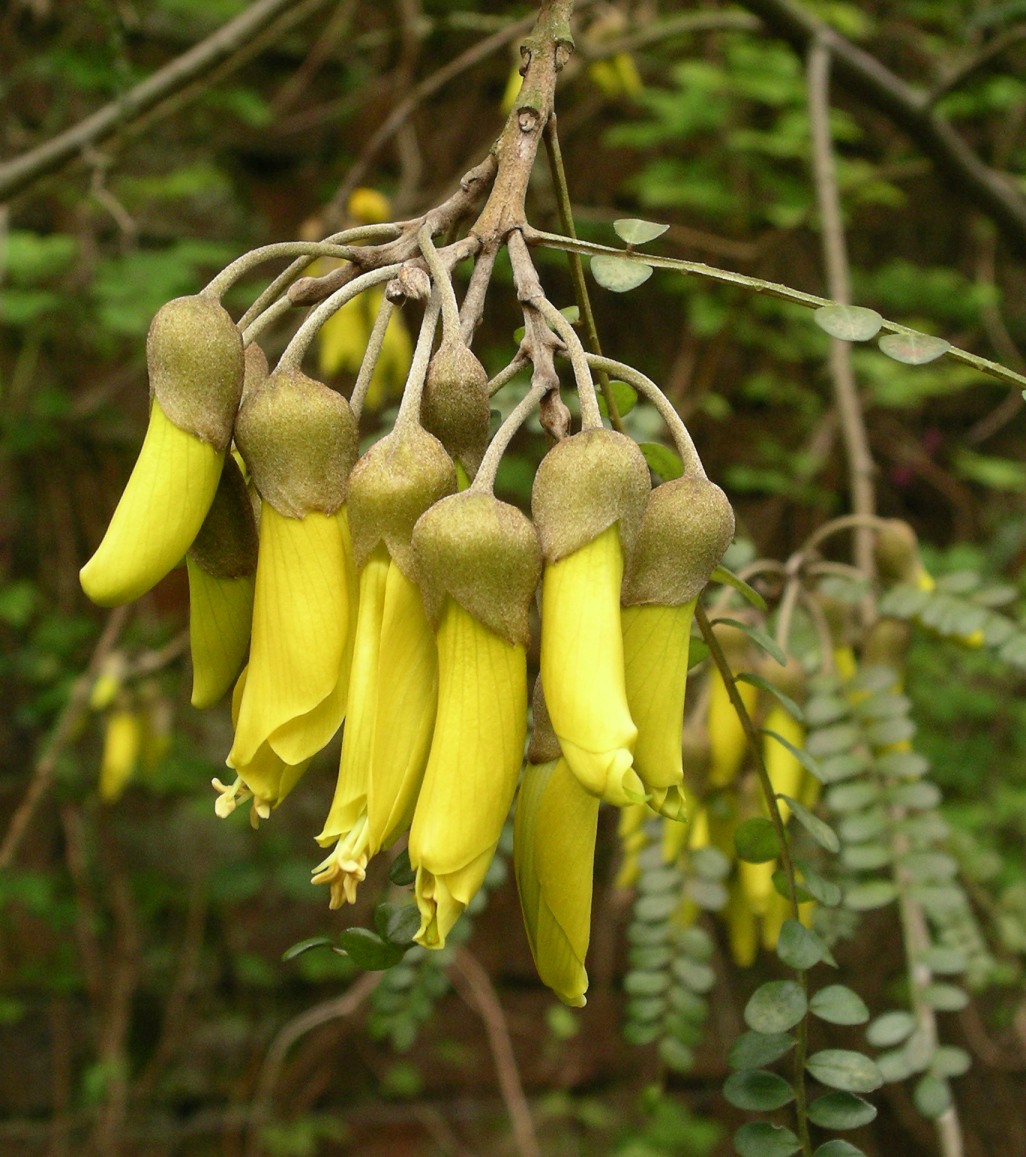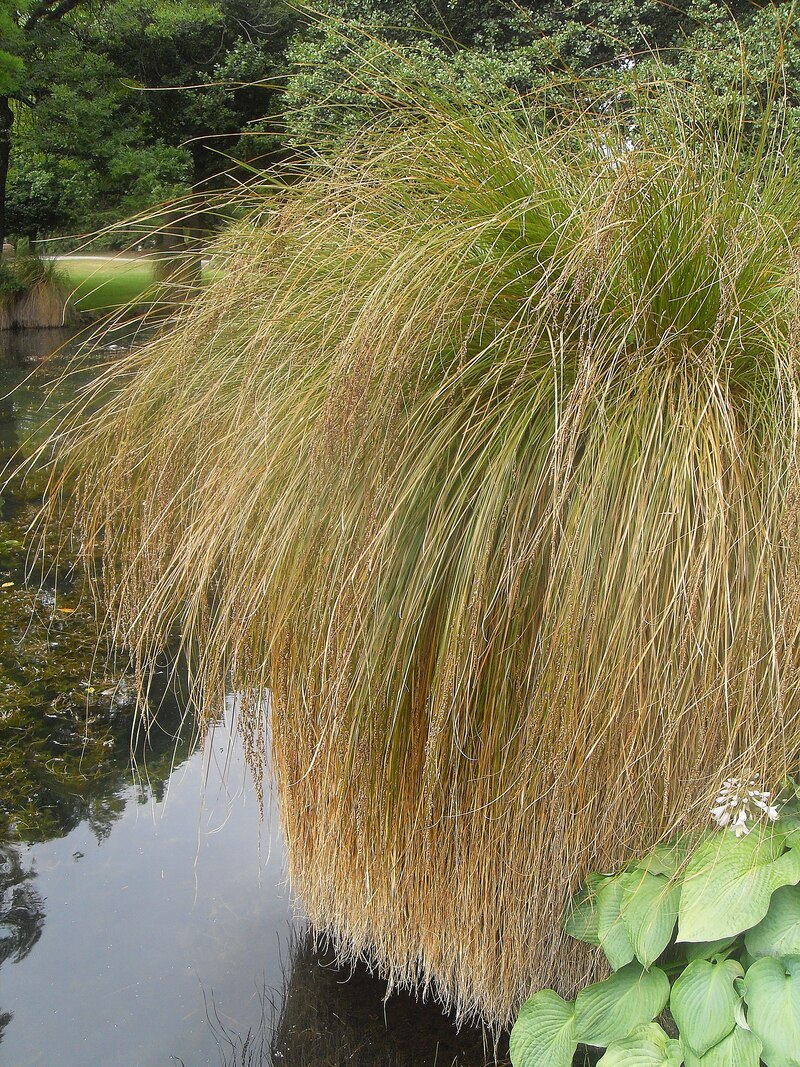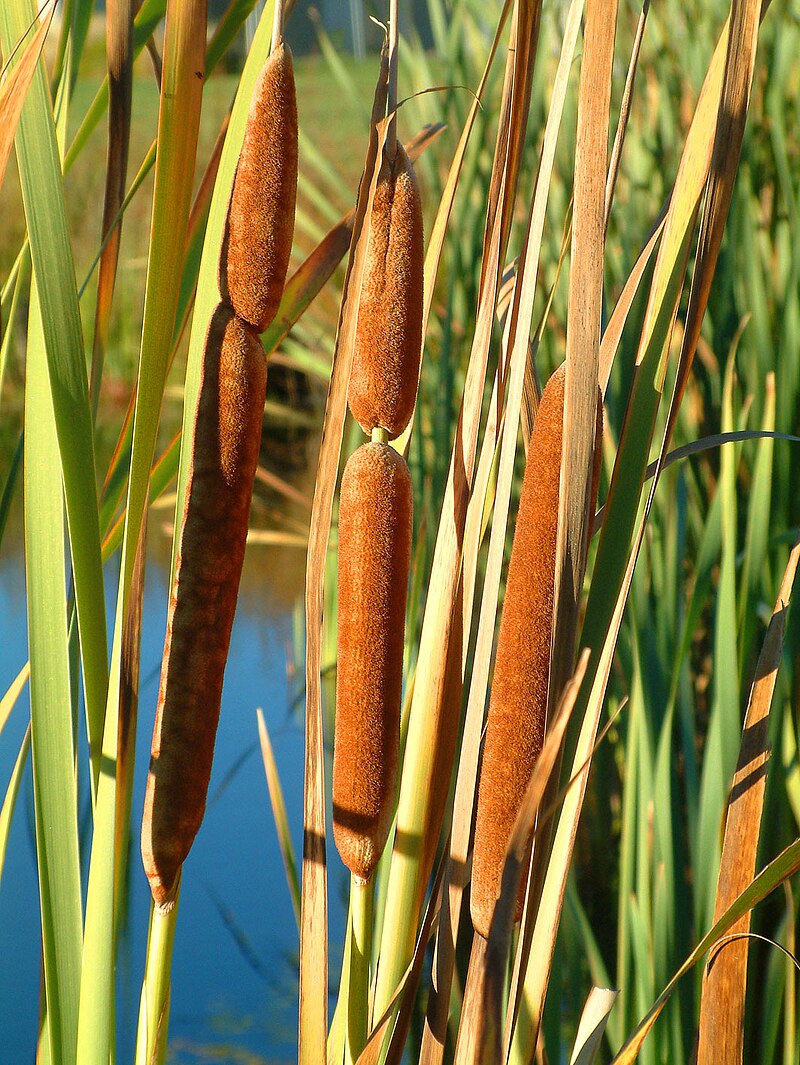Cultural Heritage
The relationship between Māori and native plants represents one of the world's richest examples of traditional ecological knowledge, developed over centuries of close observation and sustainable use. From the versatile harakeke (flax) used for weaving, to the medicinal properties of kawakawa, these plants embody the deep connection between people and the natural world.

Harakeke
Phormium tenax
New Zealand flax, treasured for its strong fibers used in traditional Māori weaving.

Kōwhai
Sophora microphylla
Sacred tree with golden flowers, traditionally used for medicinal purposes.

Mānuka
Leptospermum scoparium
Valued for its antimicrobial properties and traditional medicinal uses.

Rārahu (Bracken Fern)
Pteridium esculentum
Historically important food source for Māori, with rhizomes (aruhe) processed to create a starchy staple.
Learn moreCultural Significance
This collection highlights some of the most culturally significant native plants of New Zealand, exploring their traditional uses, cultural importance, and their place in contemporary society. Many of these species also face conservation challenges, making their preservation important not only for biodiversity but for cultural heritage as well.
Rongoā Māori: Traditional Medicine
Rongoā Māori is the traditional healing system of Māori, utilizing native plants for physical, spiritual, and emotional healing. This holistic approach combines plant remedies with spiritual practices, acknowledging the connection between health and the wider natural and spiritual world.
Many of the plants featured in this collection play important roles in rongoā practices, with knowledge traditionally passed down through generations. While some of these practices continue today, much traditional knowledge was lost during colonization. Current efforts to document, preserve, and revitalize this knowledge are important for both cultural continuity and potential contributions to modern medicine.
Important Note on Cultural Knowledge
The information provided here offers general context about cultural significance but does not provide detailed instructions for traditional uses, particularly medicinal applications. Many plants have specific harvest protocols, preparation methods, and cultural considerations that should be learned through appropriate cultural channels. We encourage readers to respect the cultural context of this knowledge and seek guidance from knowledgeable practitioners when appropriate.
Raranga (Weaving)
Plants like harakeke (flax), kiekie, and pīngao are essential materials in traditional Māori weaving, used to create clothing, baskets, mats, and other practical and ceremonial items.
Construction & Tools
Native plants provided materials for building waka (canoes), whare (houses), and creating tools. Each species was carefully selected for its specific properties and cultural significance.





